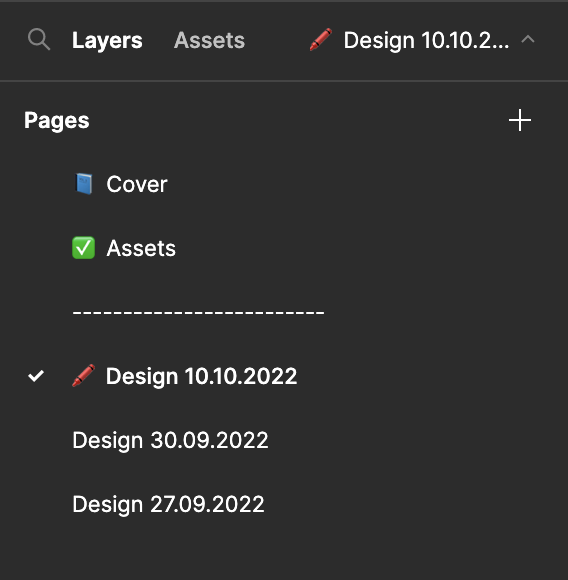It sounds like you need to read up on a lot of things.
" Recurring elements" are probably components and they should have any micro interactions built into them with variants.
Any further interactions such as navigating to other pages will not happen from the master component but from an instance of the component placed on a page.
In a file with hundreds of pages, I couldn’t link all navbars, each footer link and all components individually? I think I’d be faster while maintaining a cleaner workflow if I wouldn’t store the components on a separate page then. Or am I missing something?
You make all the interactions on one nav bar and then paste it where necessary with all the links already on it.
keeping the components on a separate page is the only way to use variants and micro-interactions effectively.
Sure. But wen I set the interactions on a master component, let’s say a mega menu with several links and then move that to a separate page, then the links break. That’s what this is all about.
You are not doing what I say, ONLY micro interactions happen in the master component.
ie all menus opening closing, hovers, etc on the master components. All links to what you call "pages " (they are Frames really!) should be on an instance that you then copy paste wherever needed. All this should happen within a single Figma Page.
I understand that the terminology is confusing but Pages in Figma are a collection of Frames that should hold what you are calling pages.
I do understand my friend, but the question after all was if somebody has a workaround for what you described 😉 But you have correctly described how a normal workflow works and I can confirm that.
Ah I now see the edit 😁
I’m afraid to let you know there are pages in the top left corner under the layers panel 🫣
No, you can’t, except for micro-interactions within the page for component variants. There are no workarounds.
Ok thanks 🙂 but nice to know that this is a known “problem” 👍
I know there are pages but they are not traditional pages. They are a collection of what you refer to as pages which should be frames.
None of this is a problem if you work appropriately.
If all the “Frames” containing the NavBar are on one “Page”, you can workaround this by doing something like this:
(assume you have an “Assets” page containing the “NavBar” master component and a “Screens” page that contains all of your apps screens as frames.
- Go to the “Screens” page and place an instance of “NavBar”.
- Click the “NavBar” instance, then click “Create Component”. Rename the new component as “NavBar Wrapper”.
- Inside the “NavBar Wrapper” master component, update all the nav buttons to navigate to the correct frames.
- Place an instance of “NavBar Wrapper” on each frame where you want a NavBar.
Obviously this wont work if your screens are spread across a lot of pages, but if you’re just trying to keep your components and screens on two separate pages this should work.


